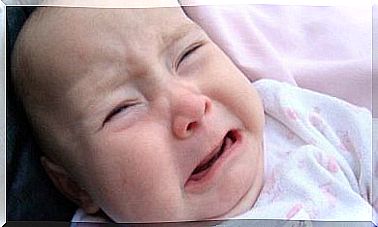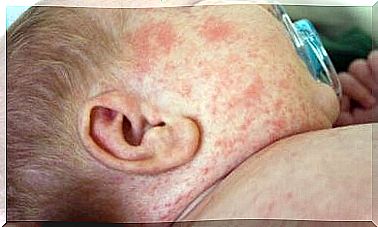Childhood Illnesses Not Requiring Treatment – Being Parents

As your child grows up, it is natural that they will be exposed to different types of childhood illnesses. And when he does get sick, many parents think that medication is always the answer.
But surprisingly, many illnesses don’t need real treatment. The body reacts on its own thanks to its defenses and antibodies, which often do their job well.
Children can fight against the most common diseases with the help of their own immune defenses. In most cases, antibiotics are not necessary.
And we must not forget that not all drugs are cures; many of them only relieve the pain or discomfort caused during the convalescent stage.
As you will see, most virus disorders that affect children tend to heal on their own in just a few days. On the other hand, there are a lot of bacterial infections that do not require antibiotic treatment. The flu is one of them, for example.
The flu is a more serious condition than the common cold, which manifests itself with a high fever, a dry cough, and a general feeling of being unwell. When it occurs, the nose is not normally runny. It is caused by a virus, of which there are many varieties and which change from year to year.
There is a vaccine against influenza, but each year it is a different vaccine, making obsolete the one from the previous year. In fact, this is because the virus is mutating.
Watch out for other chronic diseases like asthma; it is absolutely necessary to vaccinate your child against the flu when he suffers from such a disease.
Cold treatments do not cure, they only make it more bearable
Remember that the flu shot does not prevent colds; they are different diseases. Again, antibiotics are of no use for the common cold except in cases where there is a bacterial complication, such as pneumonia.
Treatments are only used to relieve symptoms. For example, antithermics lower fever and soothe pain, but they do not stop the disease. It is the child’s immune defenses that manage to overcome the common cold themselves.
The common cold, unlike the flu, has symptoms like a runny nose, cough, and sometimes fever. The stuffy nose normally contains a liquid substance at first. Then it will turn into white, yellow, green and thick mucus, and finally green and dry. At this point, the child will eventually recover, but will be exposed to new colds.
It is not the cold that causes this disease, it is the viruses. There are hundreds of different viruses that can cause colds. It is for this reason that it is not possible to manufacture a vaccine against the common cold. And antibiotics are not helpful for colds either.
Antibiotics should not be taken in excess, because in addition to side effects and unnecessary costs, they make germs more resistant, and sometimes even have no effect.
Medicines and other treatments
If your child has a fever, you can give him an anti-dermal or fever medicine.
If the cough is very intense and the child cannot sleep, give him a cough suppressant. But if it is bearable, it is better to keep coughing to expel the mucus.
On the other hand, decongestants or nasal vasoconstrictors are not recommended for children under the age of twelve.

Expectorants which increase the cough and the amount of mucus, mucolytics which make the mucus more watery, antihistamines which are used against allergies, and soothing lozenges have no effects worth mentioning.
And it’s the same with vitamin C and natural or alternative products. When the child recovers, it will not be because of the last medicine he took, but rather it will be by pure chance.
There are diseases that are cured naturally
Acute otitis media can be caused by a virus or bacteria
This disease has been treated for decades with antibiotics. Doctors rarely diagnose an ear infection. In fact, when the child has a fever and is not in pain from anything else, it is rather easy for them to convince themselves that the eardrum is a little red.
There is a lot of scientific research that claims ear infection treatments are virtually unnecessary. They do not shorten the disease, do not decrease pain, nor do they improve hearing ability.
Treatments are only justified in children under two years of age who have a high fever, children who feel generally unwell, those with bilateral otitis or those with a lasting illness.
Pharyngitis is inflammation of the throat
The recognizable symptom of this disease is increasing pain when swallowing. In many cases, it is caused by a virus, and antibiotics are completely unnecessary.
In other cases, it is caused by a bacteria called streptococci, and it is then common to prescribe penicillin to avoid complications. Among these, there is in particular acute rheumatism.
Streptococci often give fever up to over 38.5 ° C, but without there being cough or mucus. Sore throat, when accompanied by cough and mucus, without fever or with mild fever, is something different.
In these cases it is almost certain that it is caused by a virus. Penicillin is not given to cure tonsillitis, but to prevent rheumatism. Therefore, one cannot cure a sore throat more quickly, for example, by using antibiotics.









